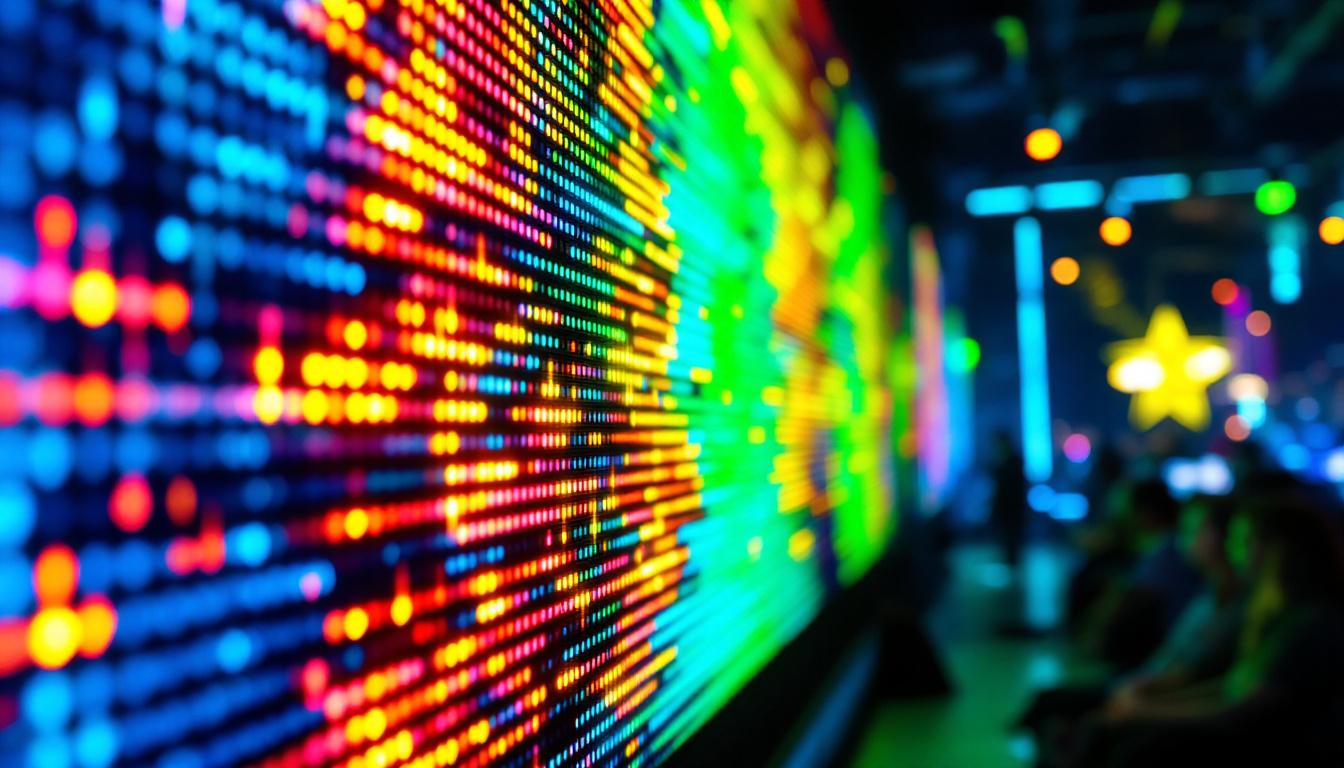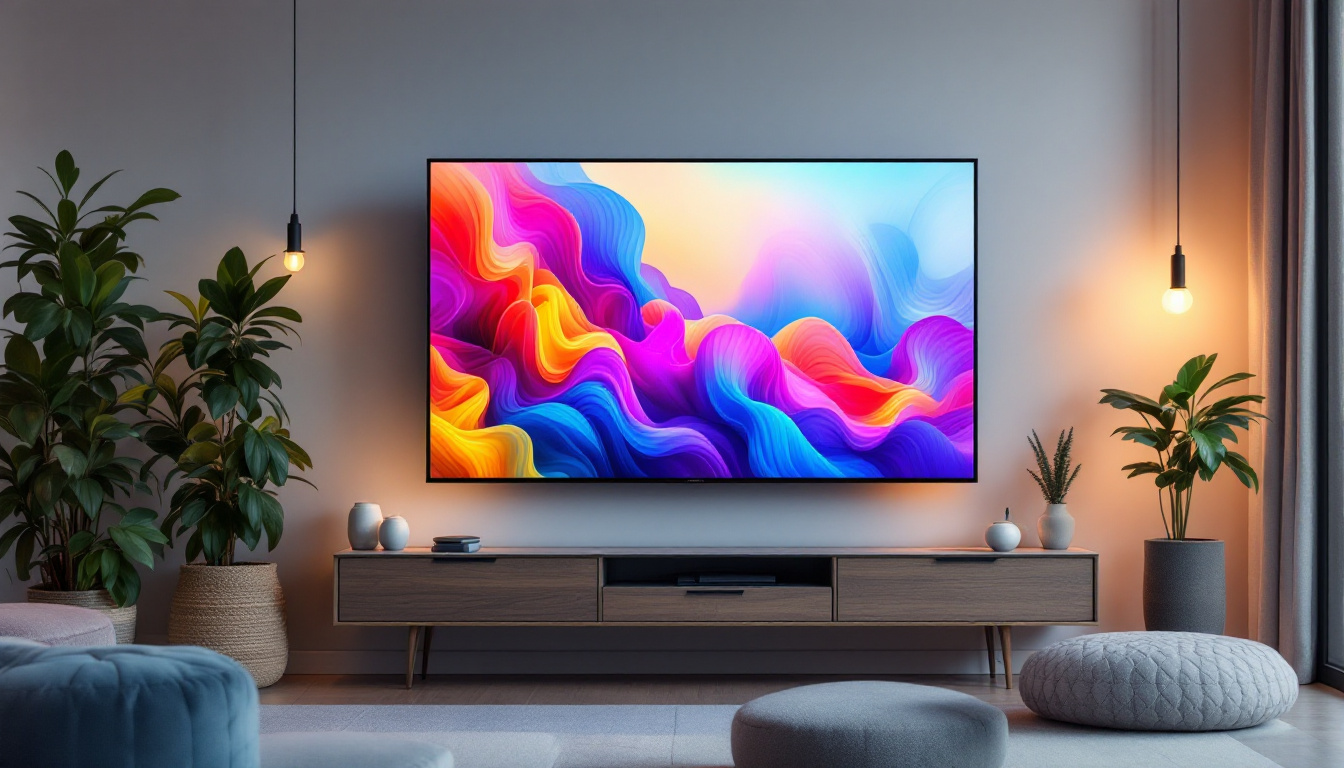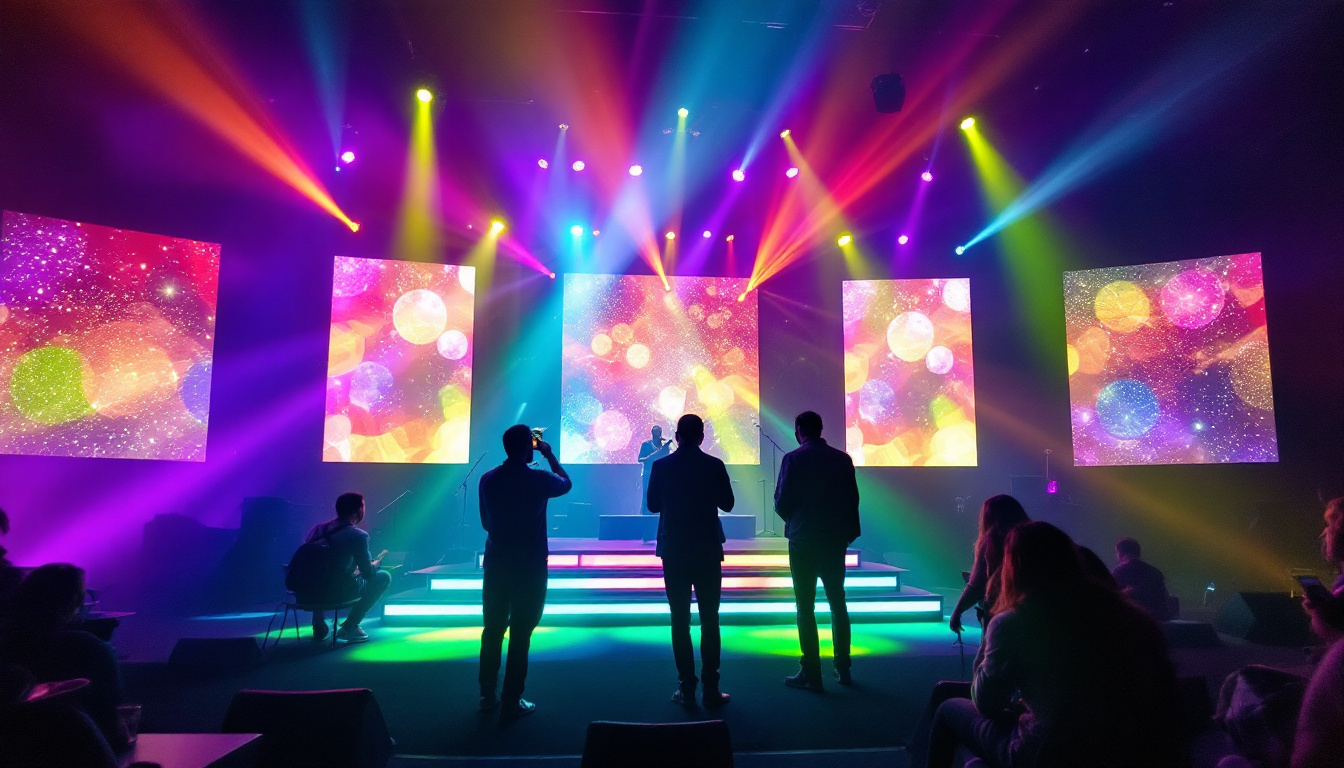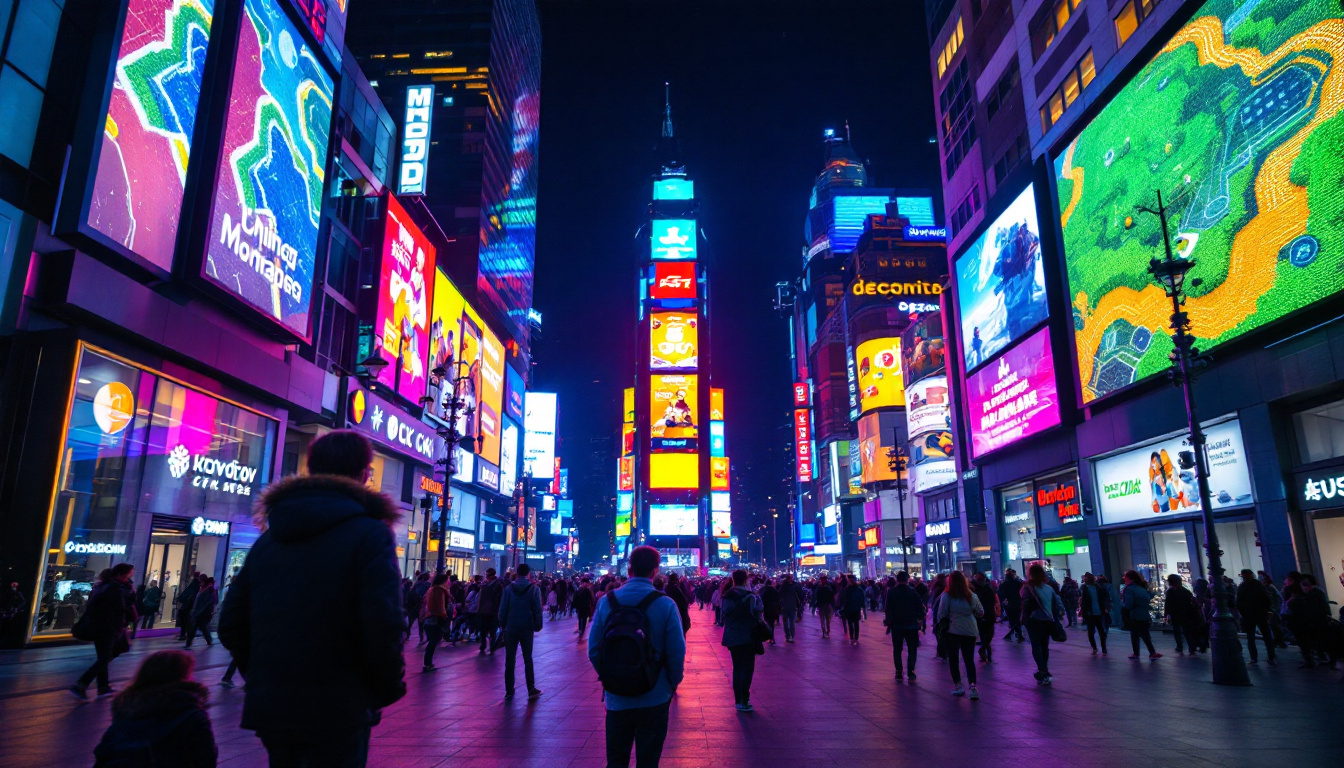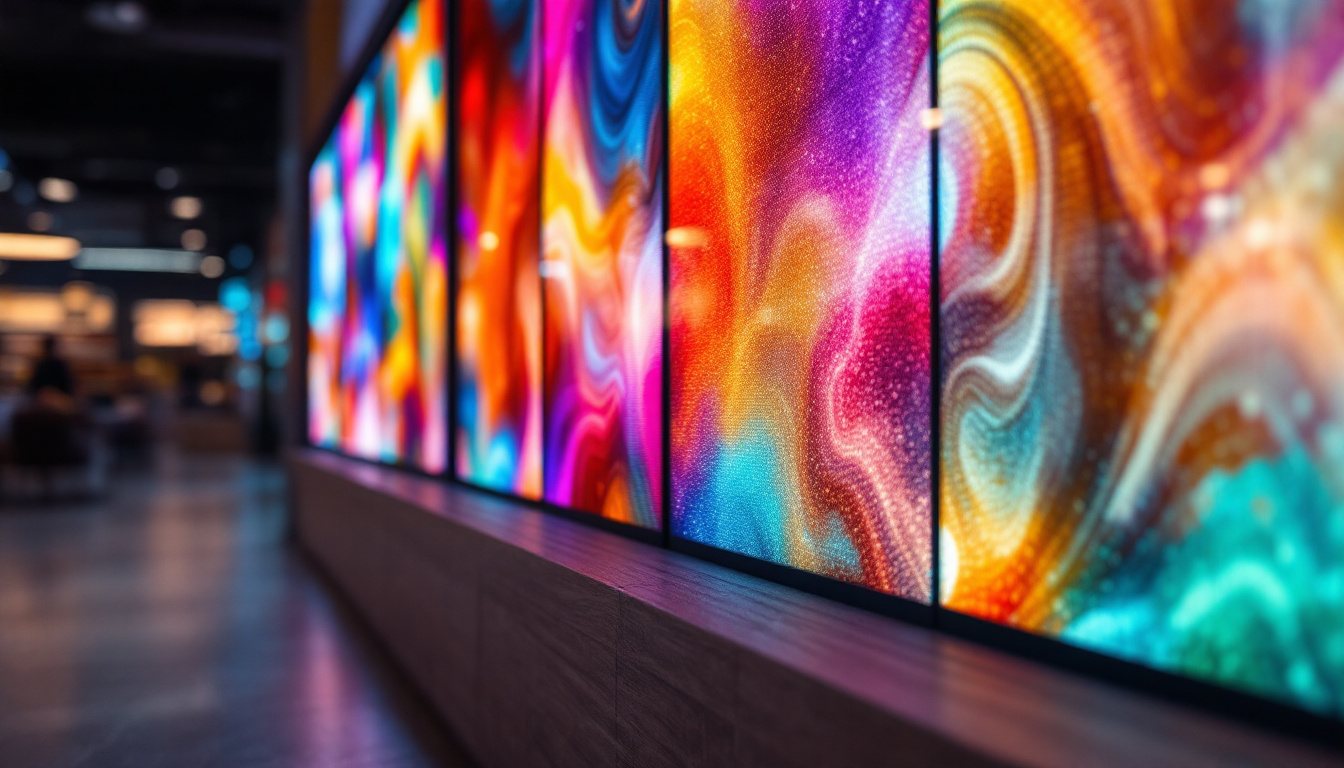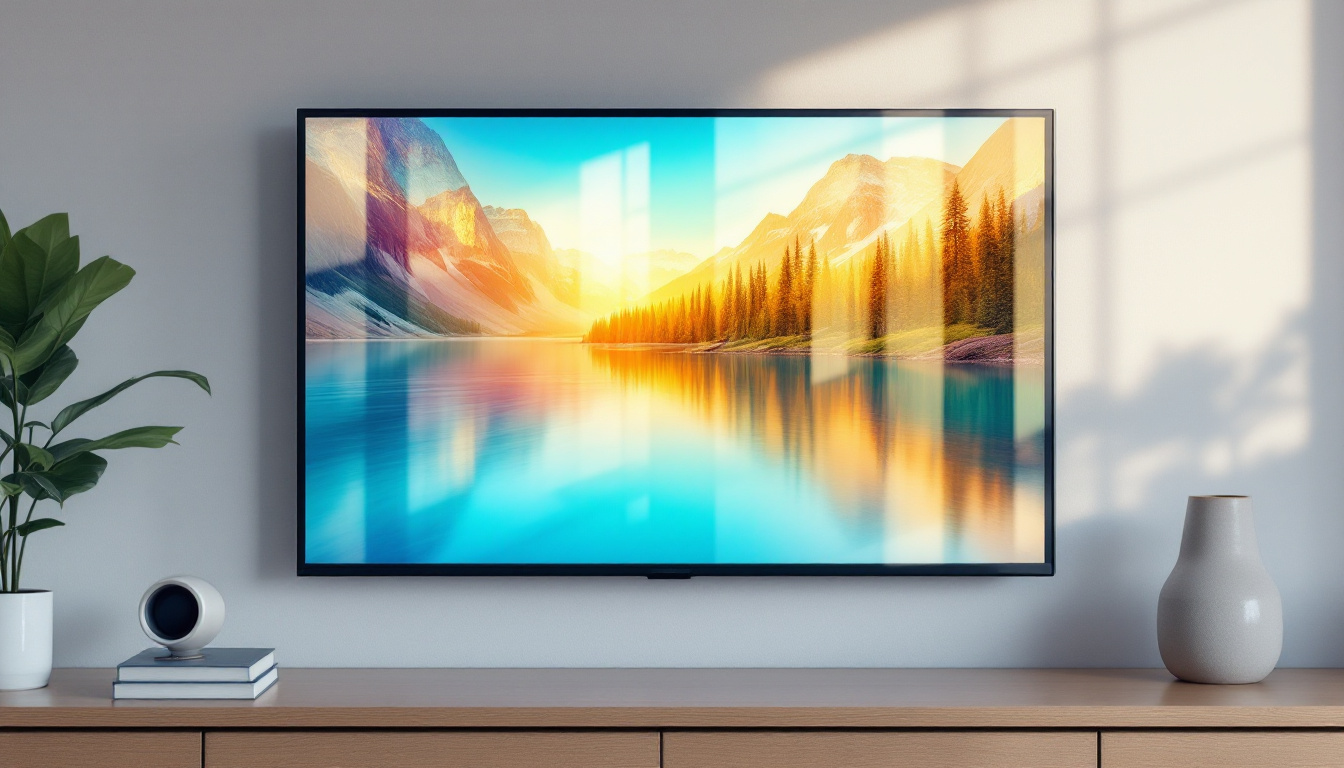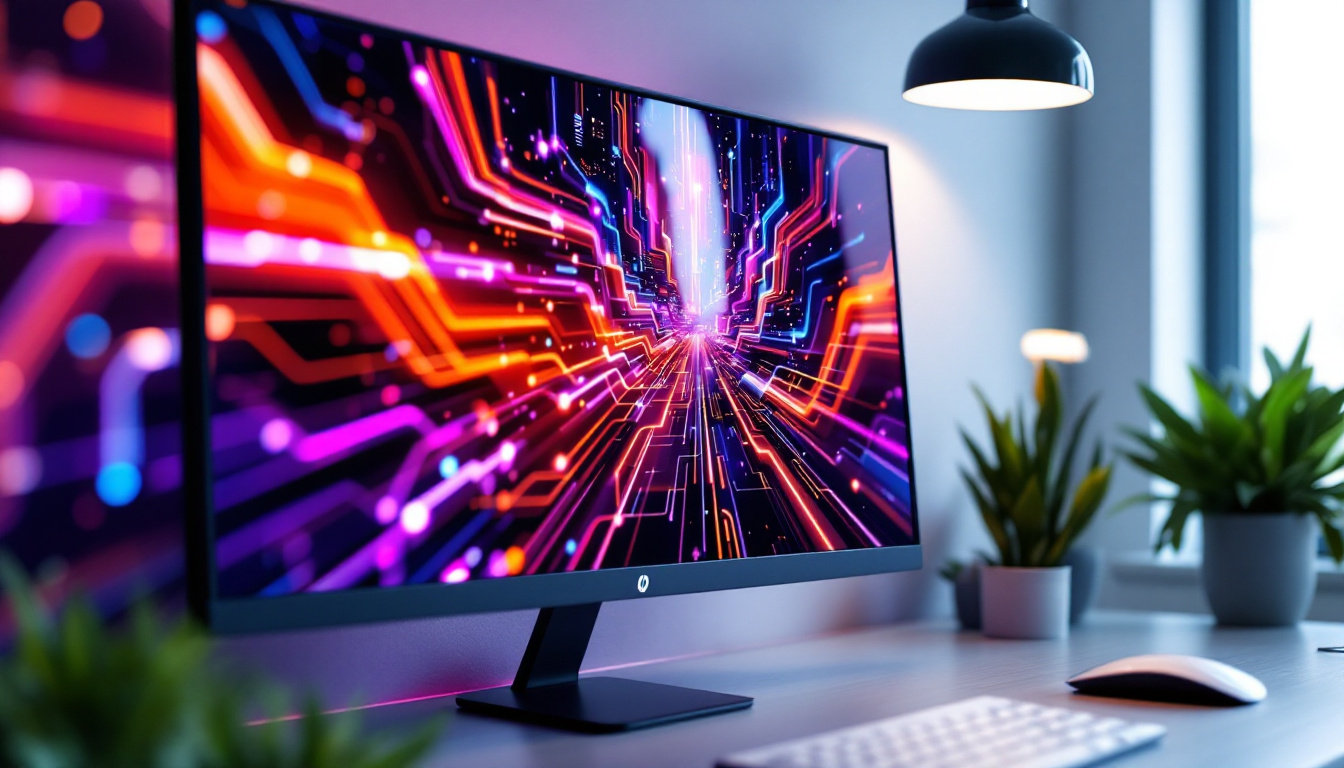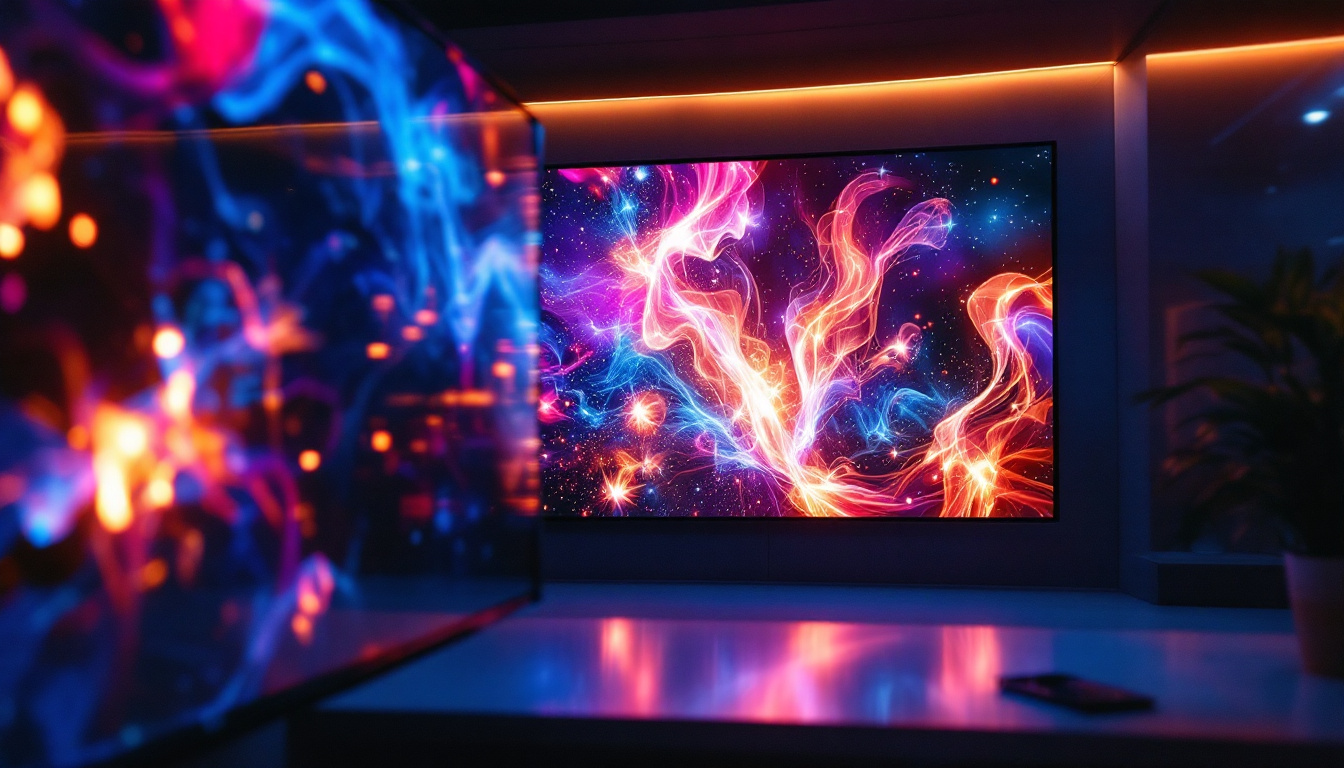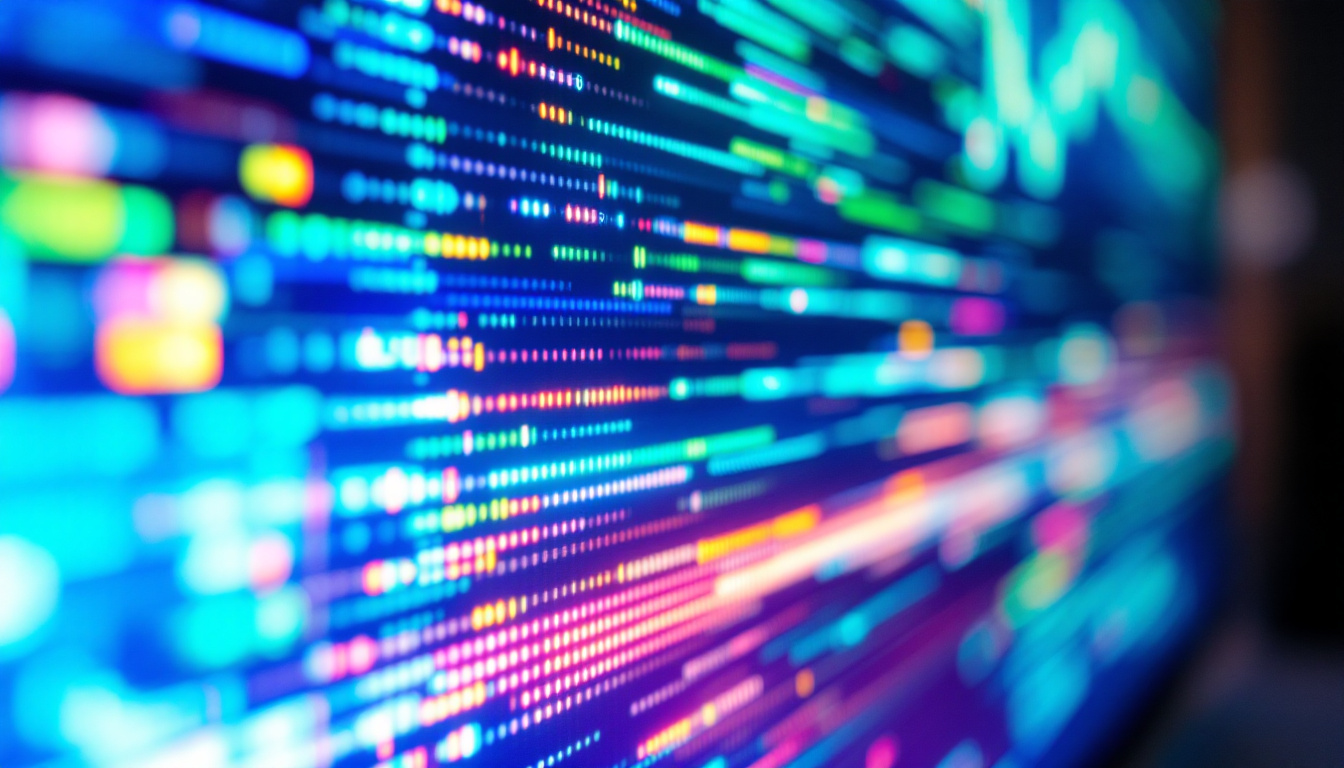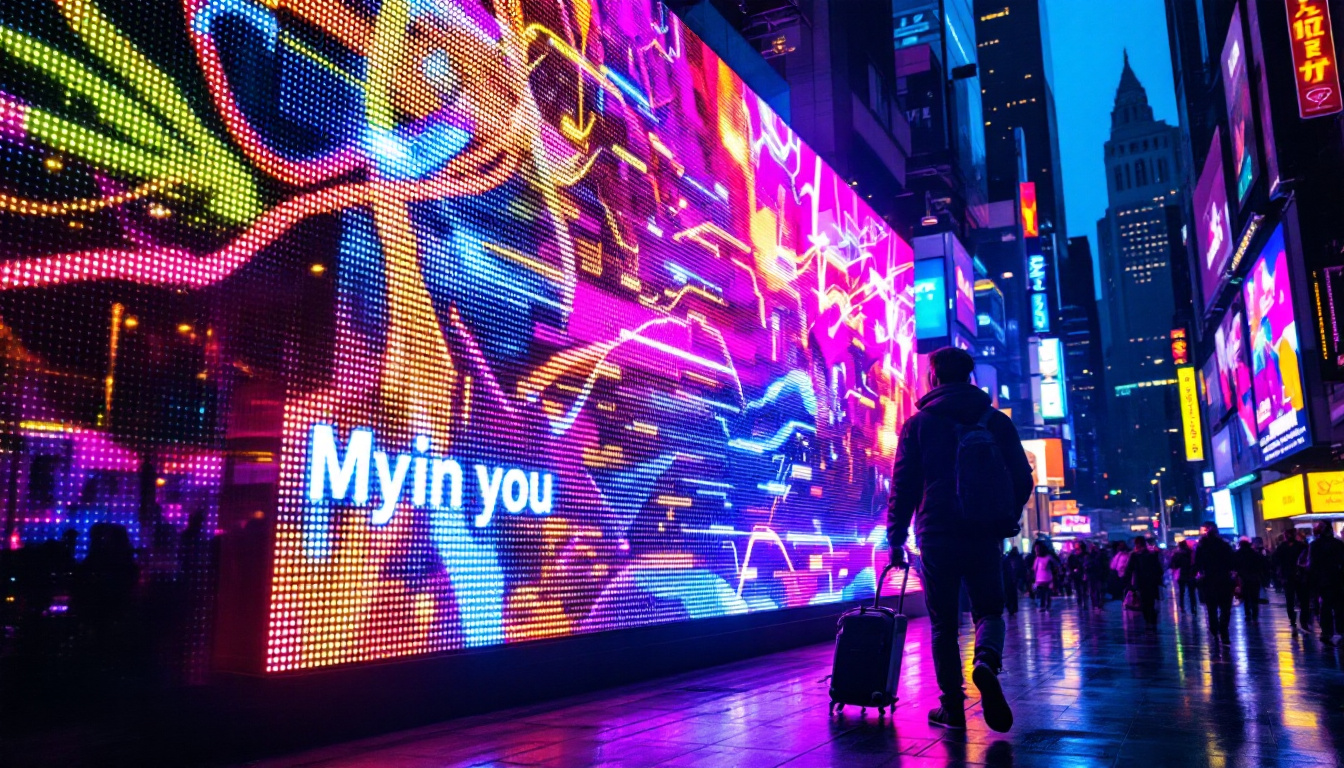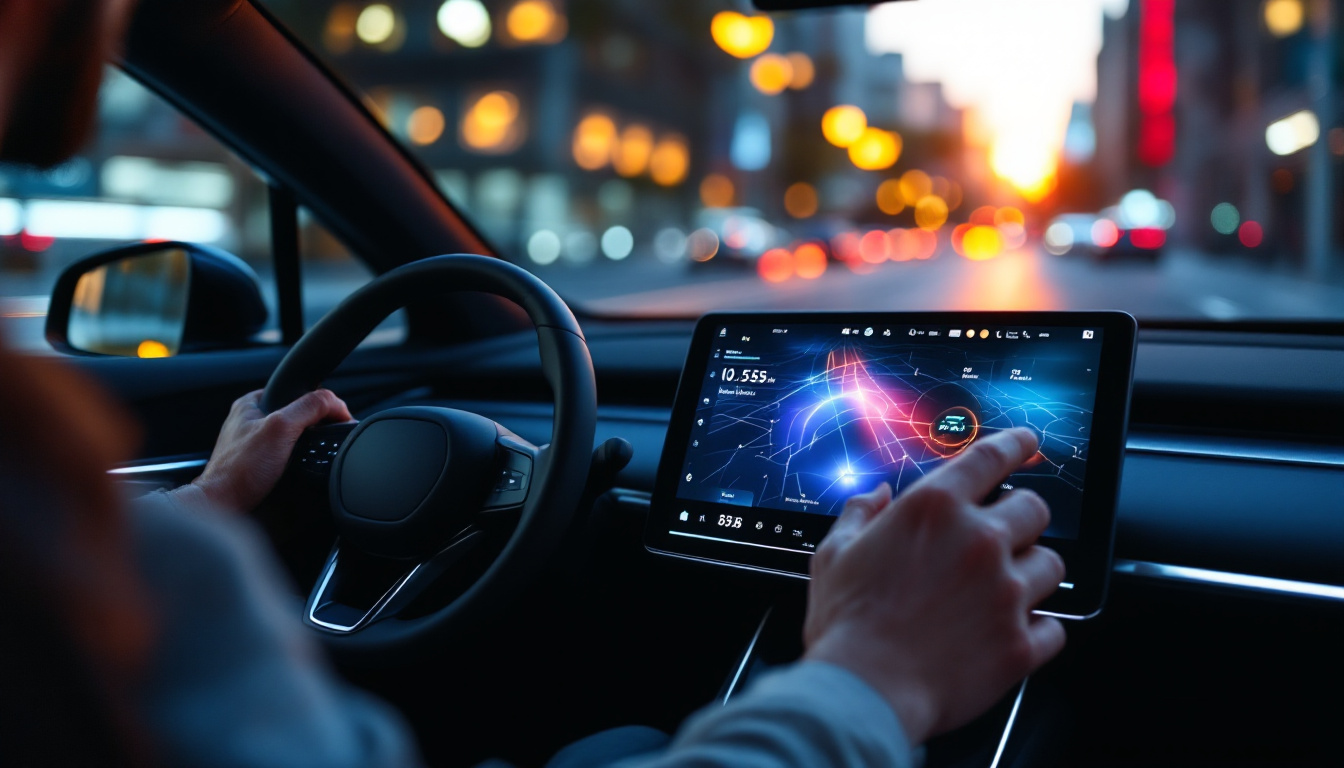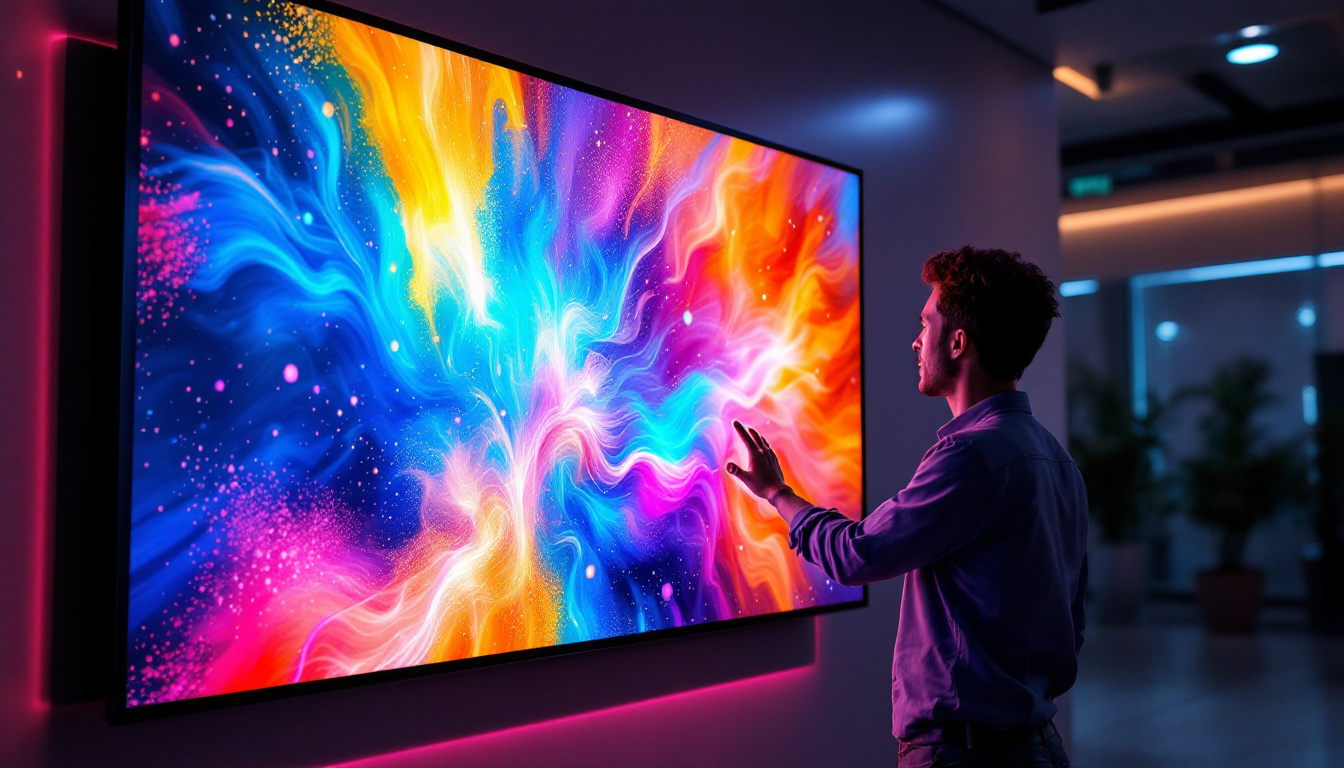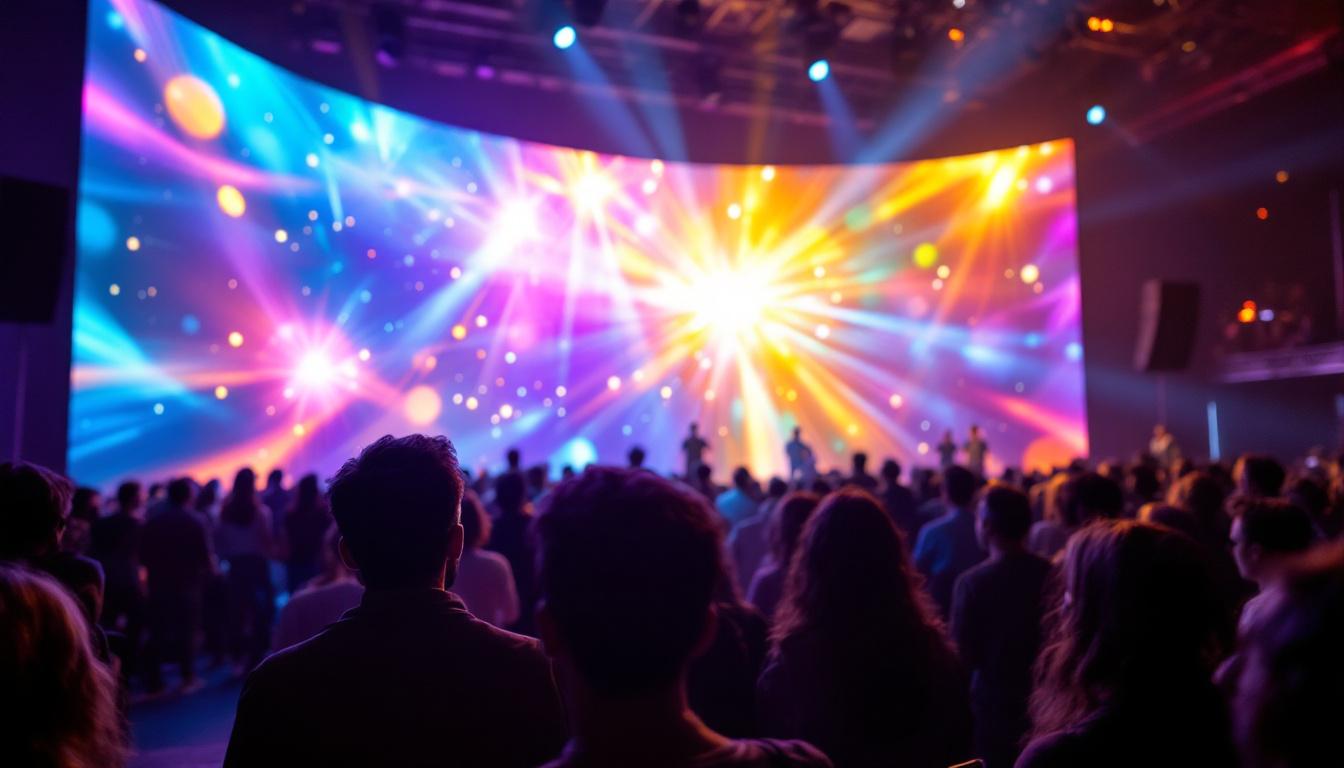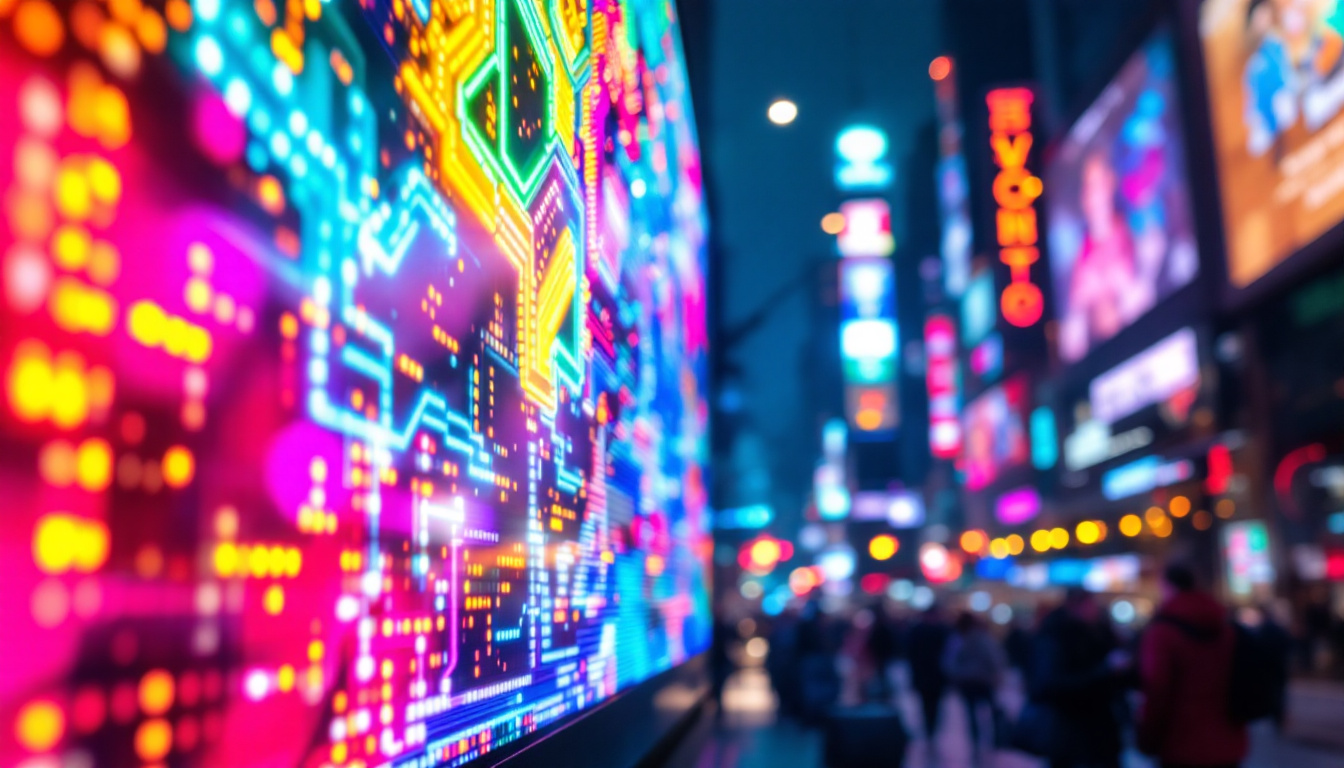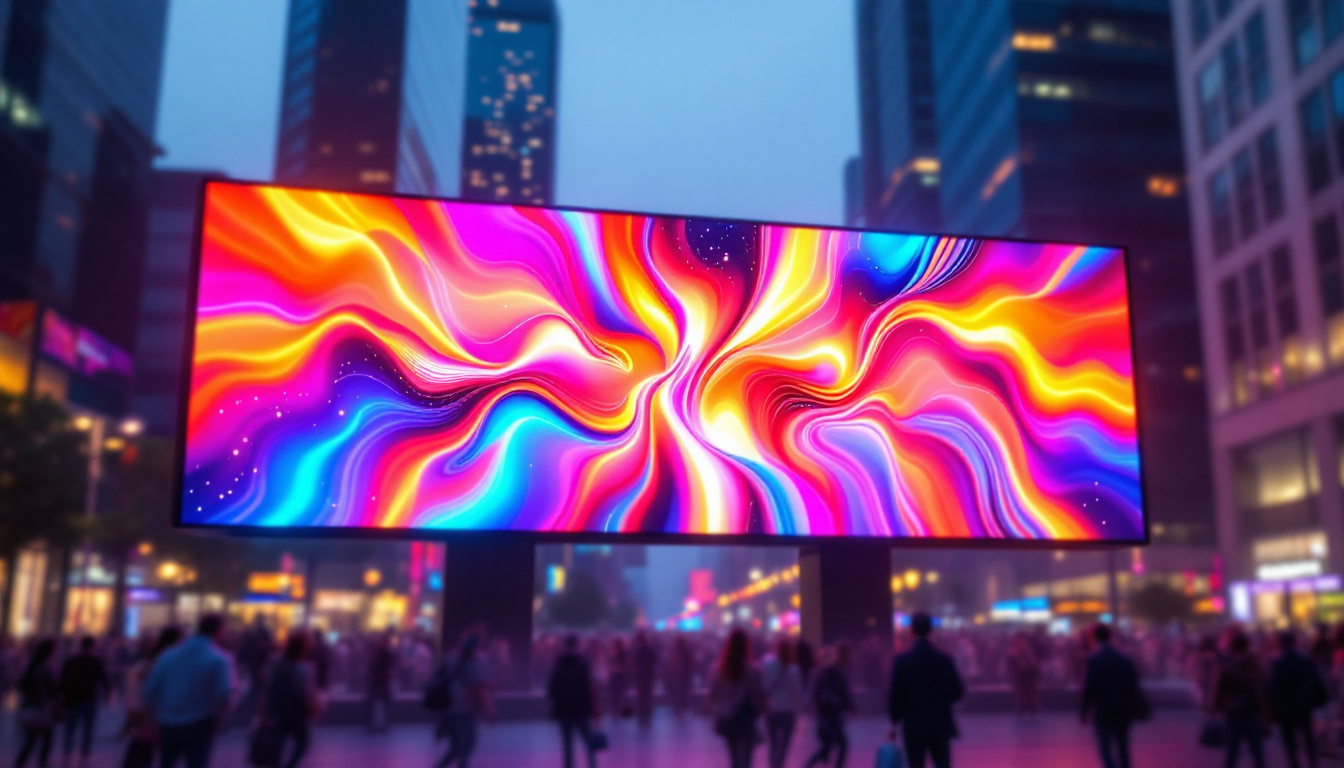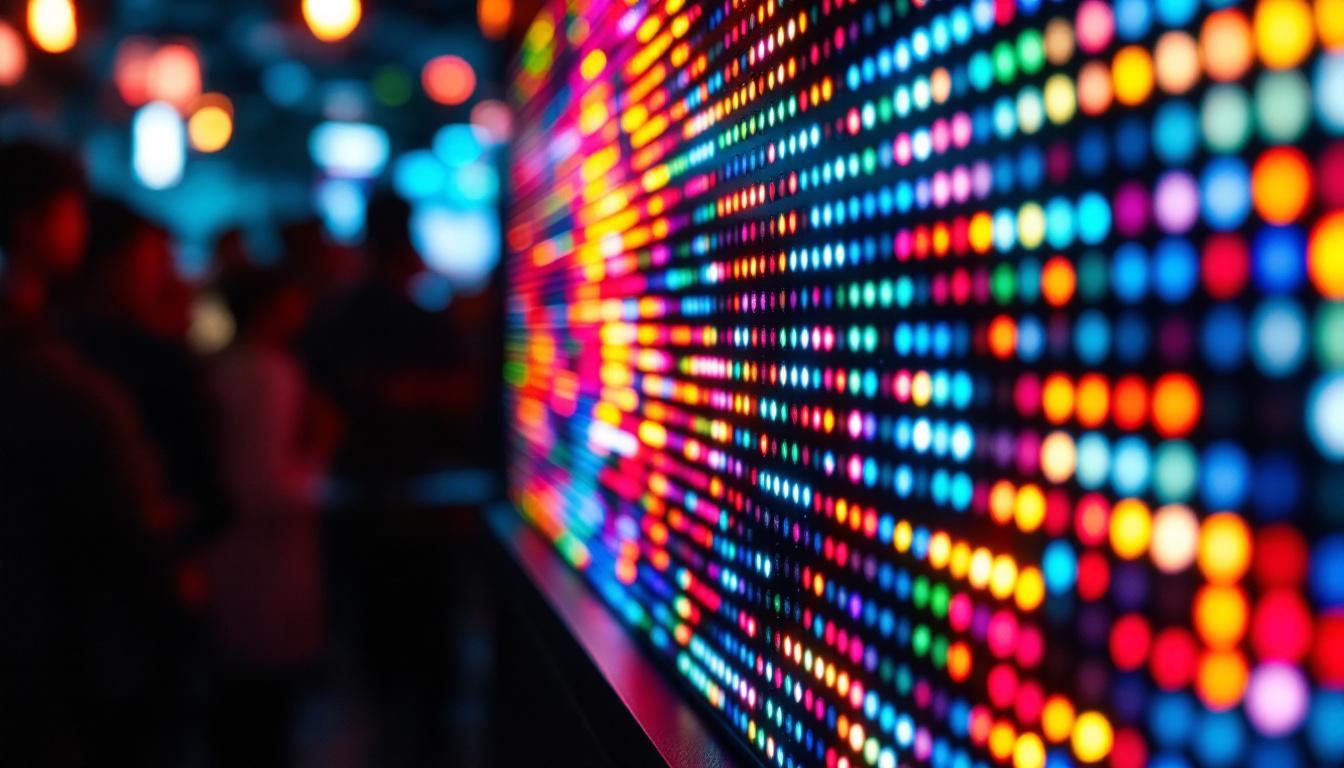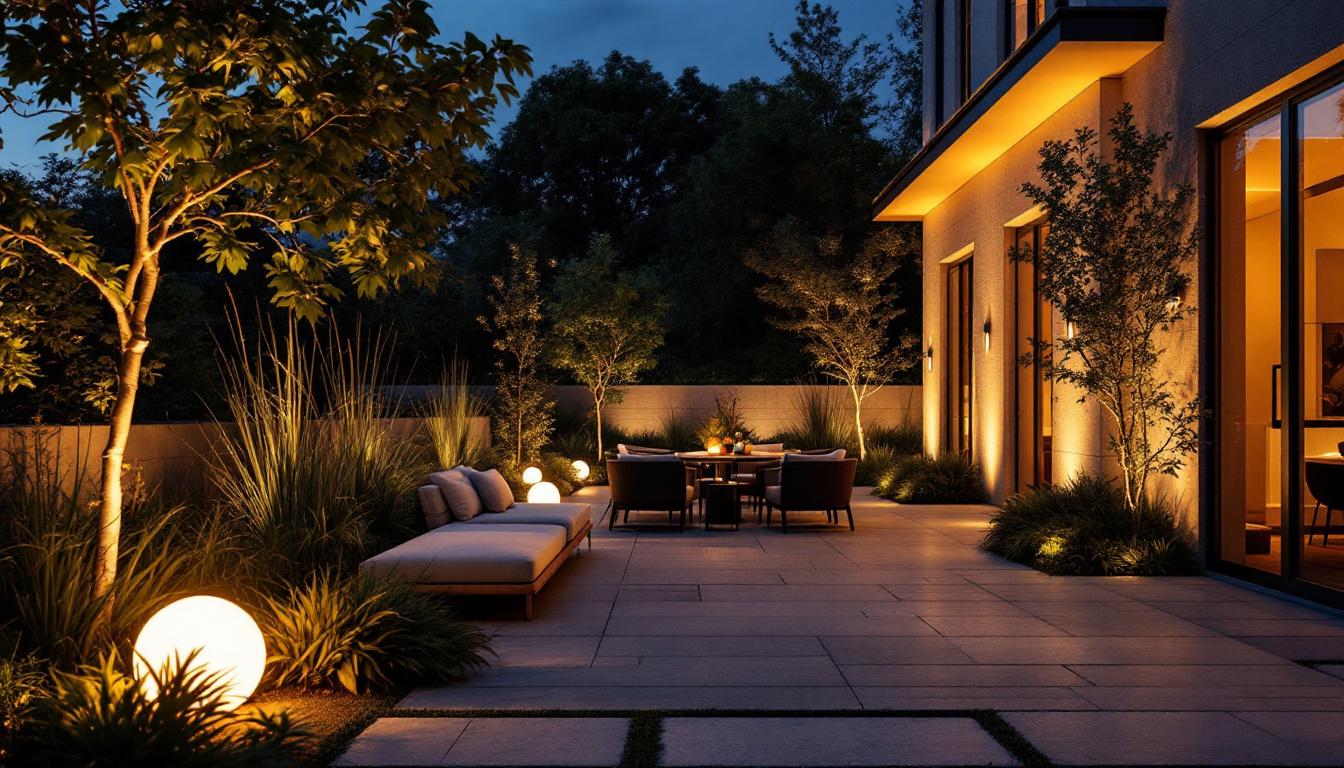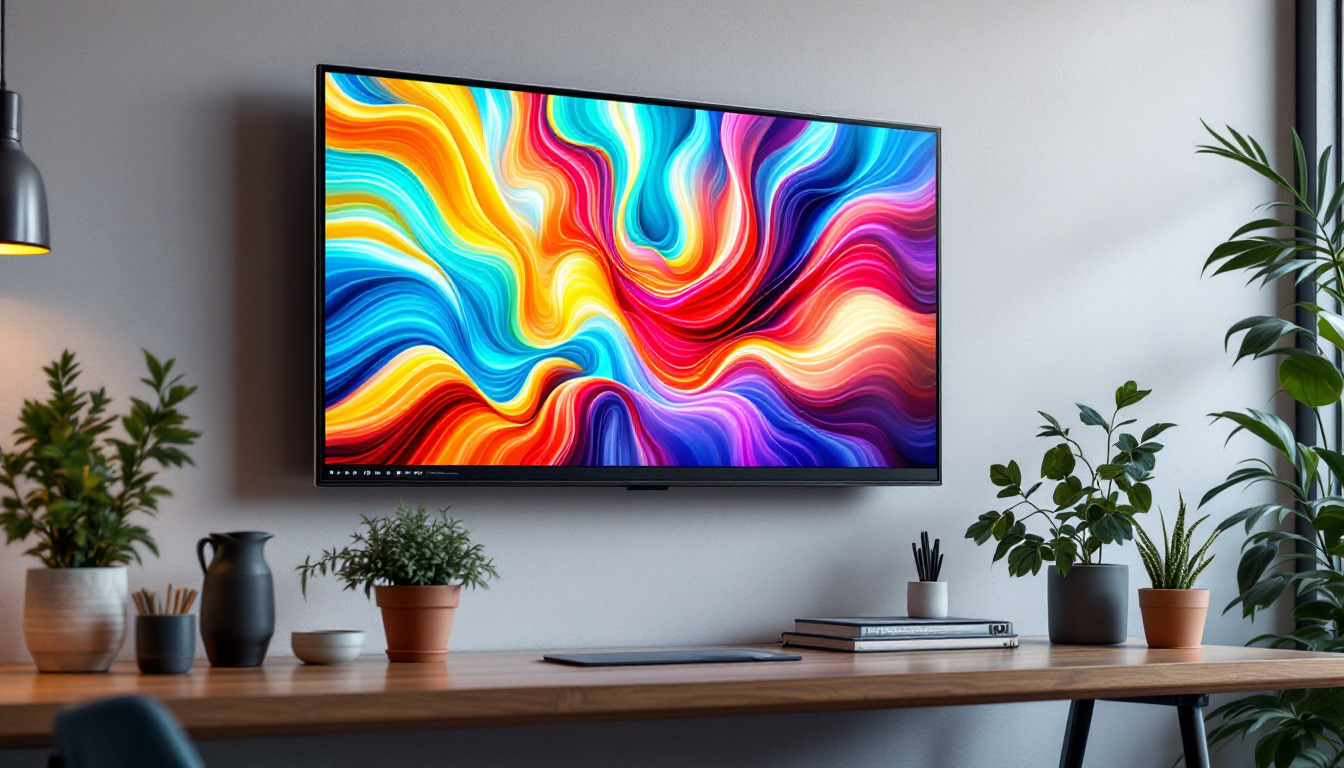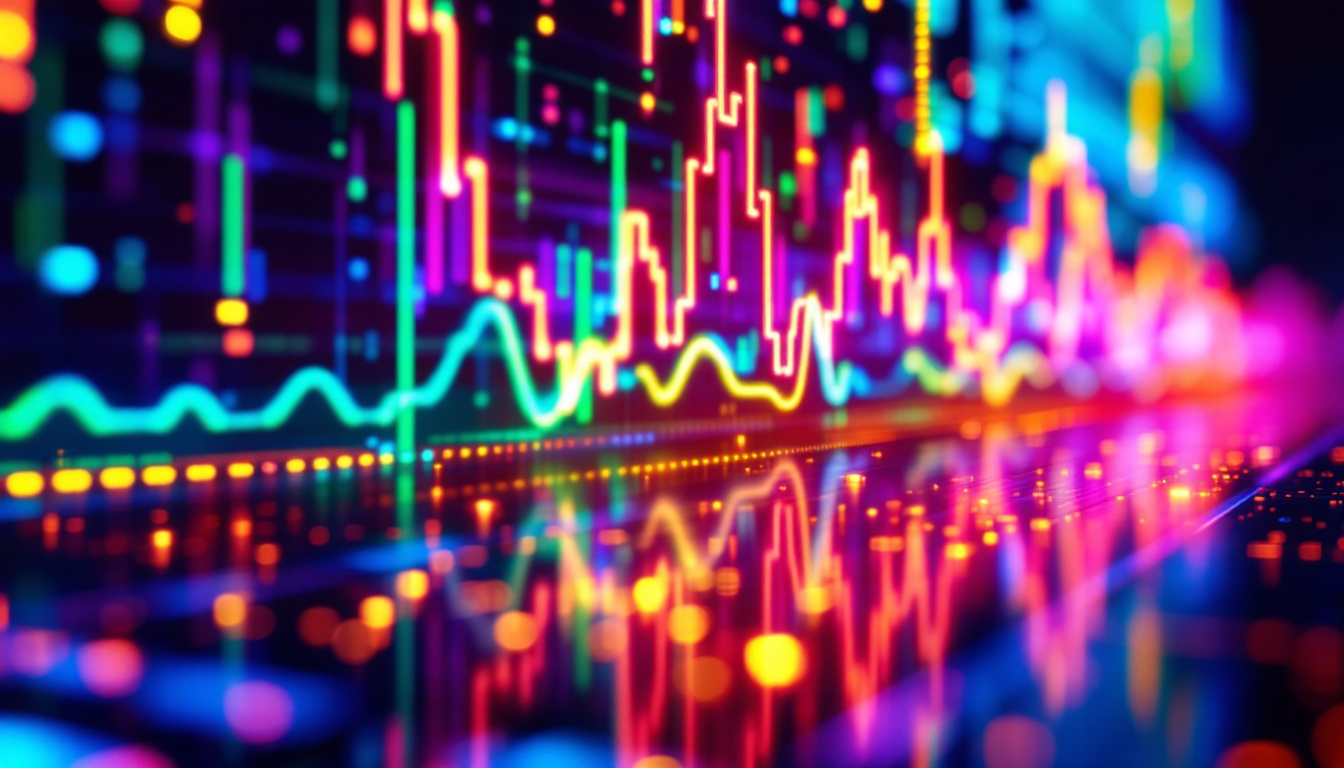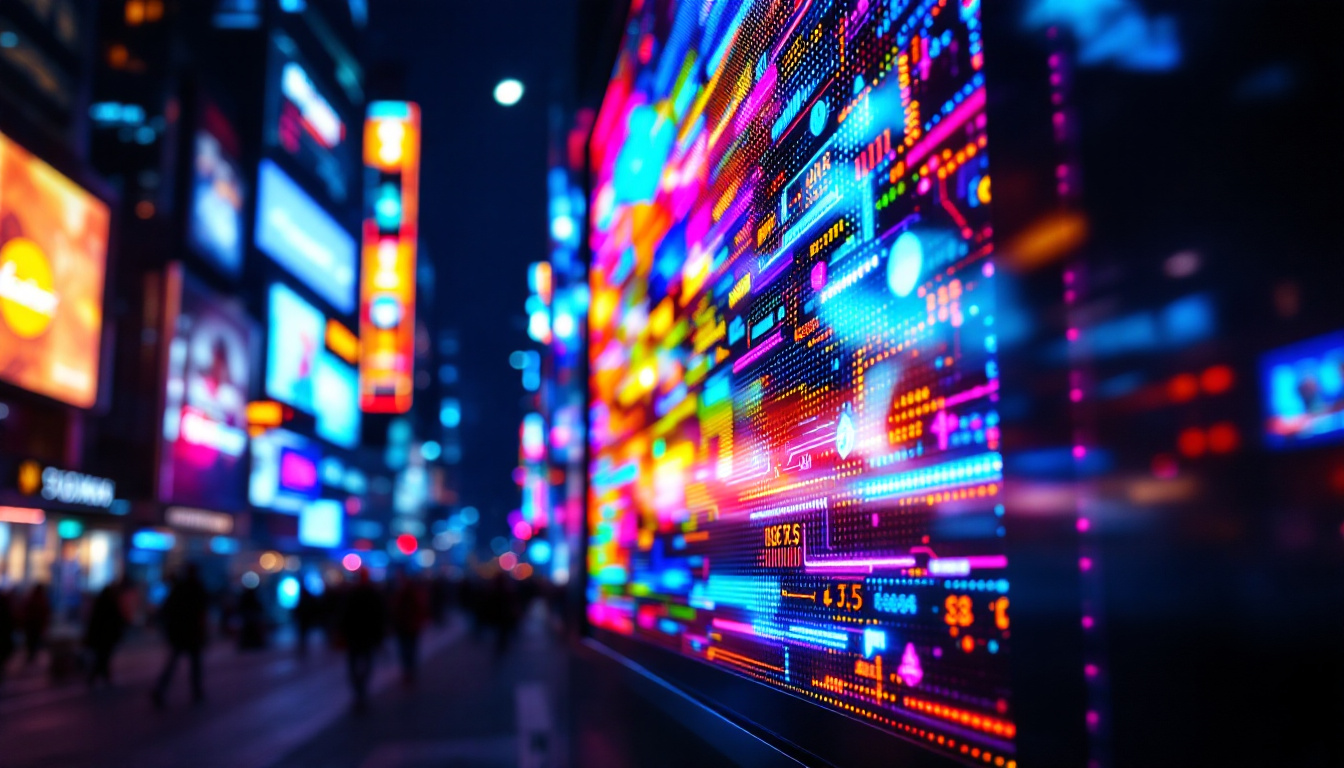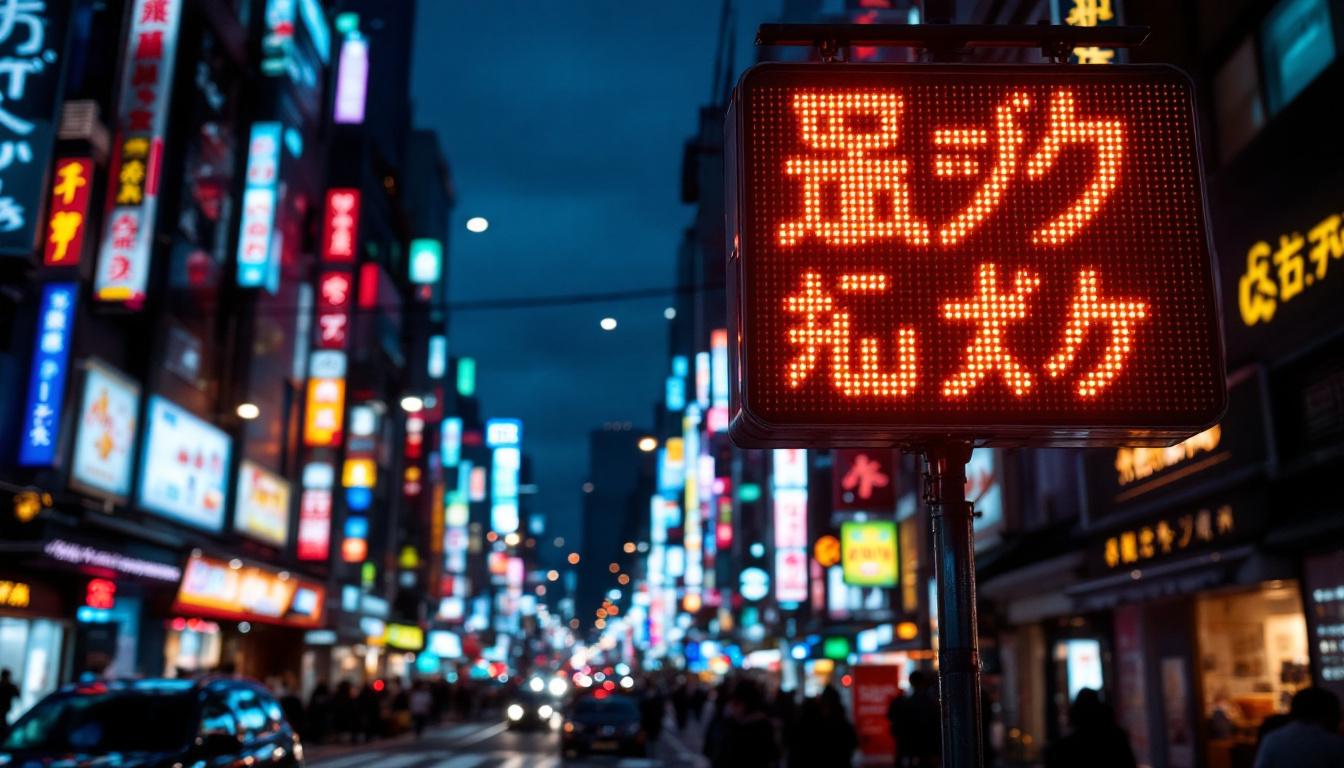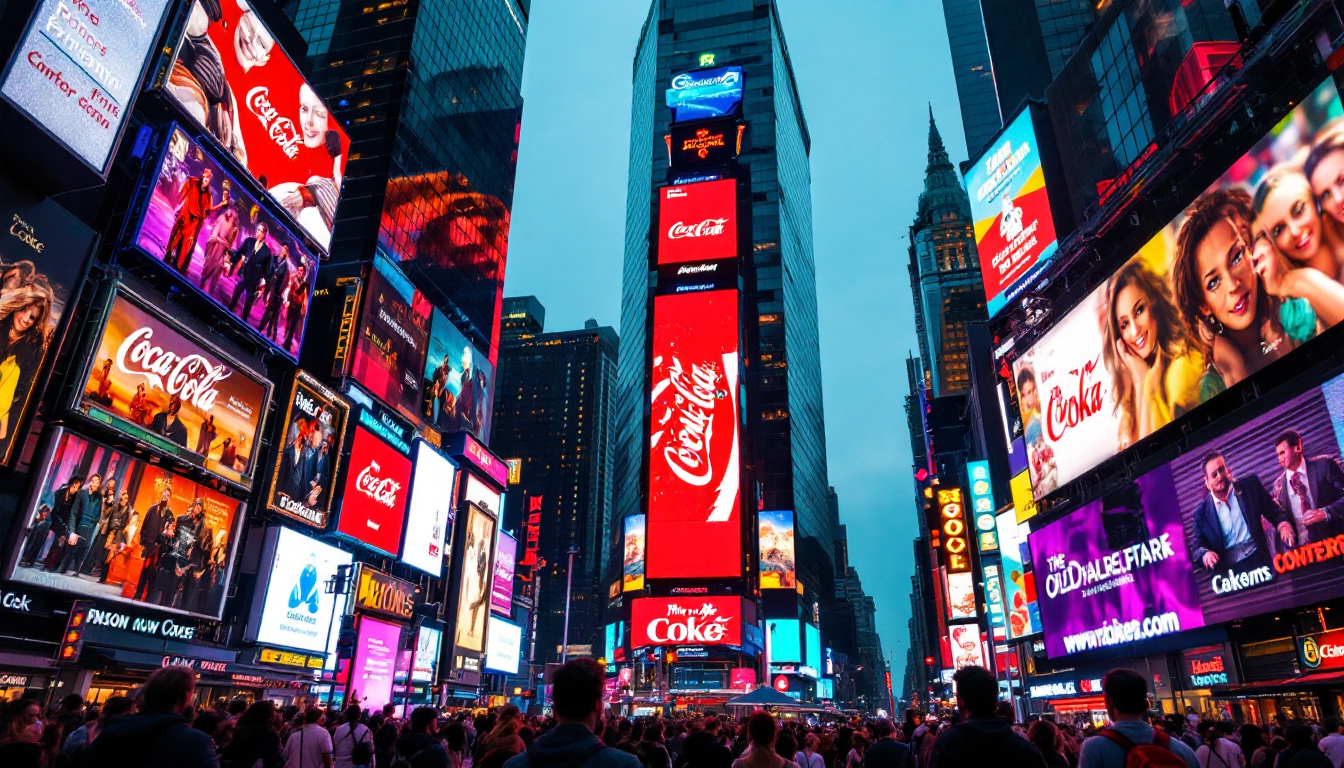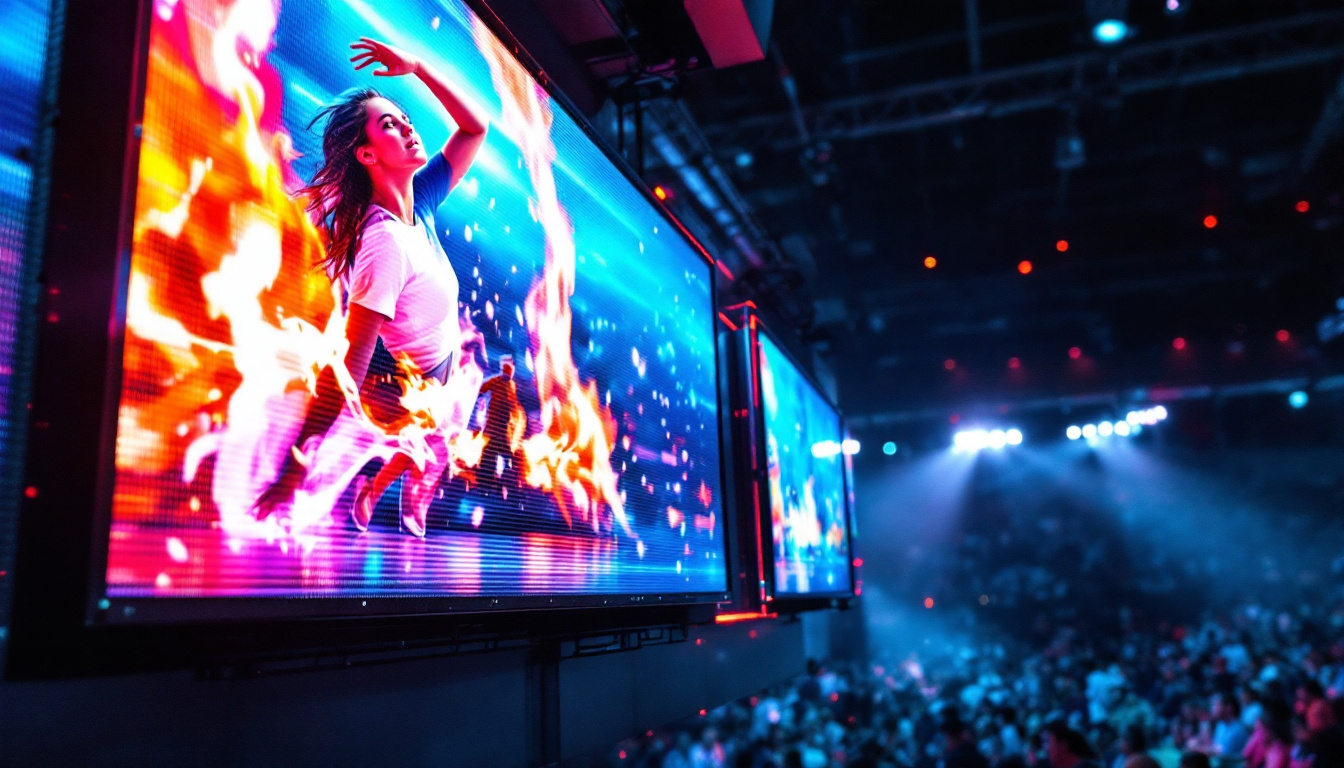In the world of digital signage and visual communication, LED screens have become a cornerstone technology. From massive stadium displays to vibrant advertising billboards, LED screens deliver bright, dynamic images that capture attention and convey information effectively. But what exactly is an LED screen, how does it work, and why has it become the preferred choice for so many applications? This article dives deep into the technology behind LED displays, exploring their components, types, advantages, and real-world uses.
Understanding LED Screen Technology
What Does LED Stand For?
LED stands for Light Emitting Diode, which is a semiconductor device that emits light when an electric current passes through it. Unlike traditional light sources, LEDs are highly energy-efficient, durable, and capable of producing intense, vibrant colors. When many of these tiny LEDs are arranged in a matrix, they form what is commonly known as an LED screen or LED display.
How Does an LED Screen Work?
An LED screen is essentially a large array of individual LEDs that can be controlled to turn on or off and adjust brightness independently. By varying the intensity of red, green, and blue LEDs in each pixel, the screen can produce a full spectrum of colors. This pixel-level control allows LED screens to display detailed images, videos, and text with high clarity and brightness.
The LEDs are mounted on panels, which are then assembled into larger screens of various sizes. Each panel contains a grid of pixels, and each pixel is made up of multiple LEDs. The screen’s controller processes input signals—such as video data—and translates them into commands that adjust the LEDs accordingly, creating the desired visual output. The rapid response time of LEDs also means that they can display fast-moving images without motion blur, making them particularly popular for applications like sports broadcasting and live events.
Types of LEDs Used in Displays
There are primarily two types of LEDs used in LED screens: surface-mounted device (SMD) LEDs and through-hole LEDs.
- SMD LEDs: These are compact, surface-mounted LEDs that combine red, green, and blue diodes into a single package. They offer excellent color blending and wide viewing angles, making them ideal for indoor and high-resolution displays.
- Through-hole LEDs: These are individual red, green, and blue LEDs mounted separately on the panel. They tend to be larger and are commonly used in outdoor displays where brightness and durability are critical.
In addition to SMD and through-hole LEDs, there are also variations like Mini LEDs and Micro LEDs that are gaining traction in the market. Mini LEDs are smaller than traditional SMDs and allow for more precise control over backlighting in LCD displays, enhancing contrast and color accuracy. Micro LEDs, on the other hand, represent a significant leap in technology, as they are self-emissive and can be arranged in very high-density configurations. This means they can deliver stunning picture quality with deep blacks and vibrant colors, making them a promising alternative to OLED technology.
Furthermore, the advancements in LED technology have led to the development of flexible and transparent displays. These innovations open up new possibilities for applications in architecture, advertising, and consumer electronics, allowing screens to be integrated into surfaces and objects in ways that were previously unimaginable. As the technology continues to evolve, we can expect to see even more creative uses for LED screens in our daily lives.
Key Characteristics of LED Screens
Brightness and Visibility
One of the defining features of LED screens is their exceptional brightness. Unlike LCD or projection displays, LED screens can achieve brightness levels exceeding 5,000 nits, making them easily visible even in direct sunlight. This high brightness is crucial for outdoor advertising, sports arenas, and public information displays where ambient light conditions vary widely. The ability to maintain visibility in bright environments not only enhances viewer engagement but also extends the potential applications of LED technology across various industries, from retail to transportation.
Moreover, advancements in LED technology have led to the development of high dynamic range (HDR) capabilities, which further enhance the contrast and depth of colors displayed. This means that not only can LED screens shine brightly, but they can also present a wider range of colors and shades, making images appear more lifelike. As a result, LED screens are increasingly being used in art installations and exhibitions, where visual impact is paramount.
Resolution and Pixel Pitch
The resolution of an LED screen depends on the number of pixels it contains. Pixel pitch—the distance between the centers of two adjacent pixels—is a critical factor influencing image clarity. Smaller pixel pitch means higher resolution and sharper images, which is especially important for close viewing distances.
For example, indoor LED screens often have pixel pitches as low as 1.2mm to 2.5mm, delivering crisp visuals for audiences standing just a few feet away. Outdoor screens typically have larger pixel pitches (e.g., 10mm to 20mm) since viewers are farther away, and the display needs to be brighter and more durable. The evolution of pixel pitch technology has also led to the emergence of fine-pitch LED displays, which are now being used in high-end applications like control rooms and broadcast studios, where detail and precision are critical for effective communication.
Color Accuracy and Refresh Rate
Modern LED screens offer impressive color accuracy thanks to advanced calibration techniques and high-quality LEDs. They can reproduce millions of colors, ensuring vibrant and true-to-life images. Additionally, LED displays boast high refresh rates—often 1920Hz or more—eliminating flicker and providing smooth video playback, which is essential for broadcast and live event applications.
This high refresh rate is particularly beneficial in scenarios involving fast-moving images, such as sports broadcasts or gaming, where any lag or flicker can detract from the viewer’s experience. Furthermore, the integration of technologies like color gamut expansion and 3D LUT (Look-Up Tables) enhances the overall visual fidelity, making LED screens not just tools for advertising, but also mediums for artistic expression and immersive experiences. As the technology continues to evolve, we can expect even more innovations that push the boundaries of what LED screens can achieve in terms of visual performance and application versatility.
Advantages of LED Screens Over Other Display Technologies
Energy Efficiency and Longevity
Compared to older technologies like LCD and plasma, LED screens consume significantly less power. This energy efficiency translates to lower operating costs, especially for large installations that run for extended hours. Furthermore, LEDs have a longer lifespan—often rated between 50,000 to 100,000 hours—reducing maintenance and replacement expenses.
Durability and Weather Resistance
LED screens are designed to withstand harsh environmental conditions, particularly outdoor models. They are built with robust materials and sealed to resist moisture, dust, and temperature fluctuations. This durability makes them suitable for permanent outdoor installations, such as billboards and stadium displays, where reliability is paramount.
Flexibility and Scalability
LED screens are highly modular, allowing for flexible sizing and shapes. Panels can be combined to create massive displays or configured into curved and irregular shapes for creative installations. This scalability enables designers and advertisers to tailor displays to specific spaces and purposes.
Applications of LED Screens
Outdoor Advertising and Digital Billboards
One of the most common uses of LED screens is in outdoor advertising. Digital billboards equipped with LED technology can display dynamic content that changes throughout the day, attracting more attention than static signs. According to recent industry reports, digital out-of-home advertising is expected to grow by over 10% annually, driven largely by LED screen adoption.
Sports Arenas and Event Venues
Stadiums and concert venues leverage large LED screens to enhance the spectator experience. These displays provide live video feeds, replays, scores, and interactive content, ensuring fans stay engaged. The ability to produce bright, high-resolution images visible from great distances makes LED screens ideal for these environments.
Retail and Indoor Signage
Retailers use LED screens to create eye-catching window displays and in-store promotions. Indoor LED walls can deliver high-resolution video content that captivates shoppers and drives sales. Their slim design and low heat emission also make them suitable for confined spaces.
Transportation and Public Information Displays
Airports, train stations, and bus terminals utilize LED screens to provide real-time information such as arrivals, departures, and alerts. The clarity and brightness of LED displays ensure that travelers can easily access important updates, even in crowded or brightly lit areas.
Choosing the Right LED Screen
Assessing Viewing Distance and Environment
When selecting an LED screen, understanding the typical viewing distance is crucial. For close-range viewing, such as retail or control rooms, a screen with a small pixel pitch is necessary to maintain image sharpness. For long-distance viewing, such as roadside billboards, a larger pixel pitch and higher brightness are more important.
Indoor vs. Outdoor Considerations
Indoor LED screens prioritize resolution and color accuracy, while outdoor screens emphasize brightness, weather resistance, and durability. It’s essential to choose a screen rated for the intended environment to ensure optimal performance and longevity.
Budget and Maintenance
LED screens vary widely in cost depending on size, resolution, and features. While initial investment can be significant, the long-term savings in energy and maintenance often justify the expense. Additionally, modular designs allow for easier repairs and upgrades, helping to manage ongoing costs.
The Future of LED Display Technology
MicroLED and MiniLED Innovations
Emerging technologies like MicroLED and MiniLED promise to push the boundaries of LED display performance. MicroLEDs are microscopic LEDs that offer even higher resolution, better contrast, and improved energy efficiency. These advancements are expected to revolutionize displays in consumer electronics, automotive dashboards, and large-scale digital signage.
Integration with Smart Technologies
LED screens are increasingly integrated with smart systems, enabling remote content management, interactive features, and data analytics. This connectivity enhances the value of LED displays for advertisers and operators, allowing for targeted messaging and real-time adjustments.
Sustainability and Eco-Friendly Designs
As environmental concerns grow, manufacturers are focusing on making LED screens more sustainable. Innovations include using recyclable materials, reducing power consumption further, and designing for easier end-of-life recycling. These efforts align with global trends toward greener technology solutions.
Conclusion
LED screens have transformed the way information and advertising are displayed across the globe. Their unique combination of brightness, durability, and versatility makes them suitable for a vast array of applications, from towering outdoor billboards to immersive indoor video walls. Understanding the technology behind LED displays, their advantages, and how to select the right screen can help businesses and organizations harness their full potential.
As LED technology continues to evolve, it will remain at the forefront of digital display innovation, delivering ever more vibrant, efficient, and engaging visual experiences.
Discover LumenMatrix LED Display Solutions
Ready to elevate your visual communication with the brilliance of LED technology? Explore LumenMatrix’s comprehensive range of LED display solutions, crafted for every scenario from bustling outdoor billboards to intimate indoor settings. Whether you’re looking to captivate passersby with a high-impact Outdoor LED Wall Display, engage sports fans with dynamic LED Sports Displays, or create a unique ambiance with Custom LED Displays, LumenMatrix has the innovative solutions to bring your vision to life. Check out LumenMatrix LED Display Solutions today and transform your space into a beacon of vibrant, engaging visual experiences.

